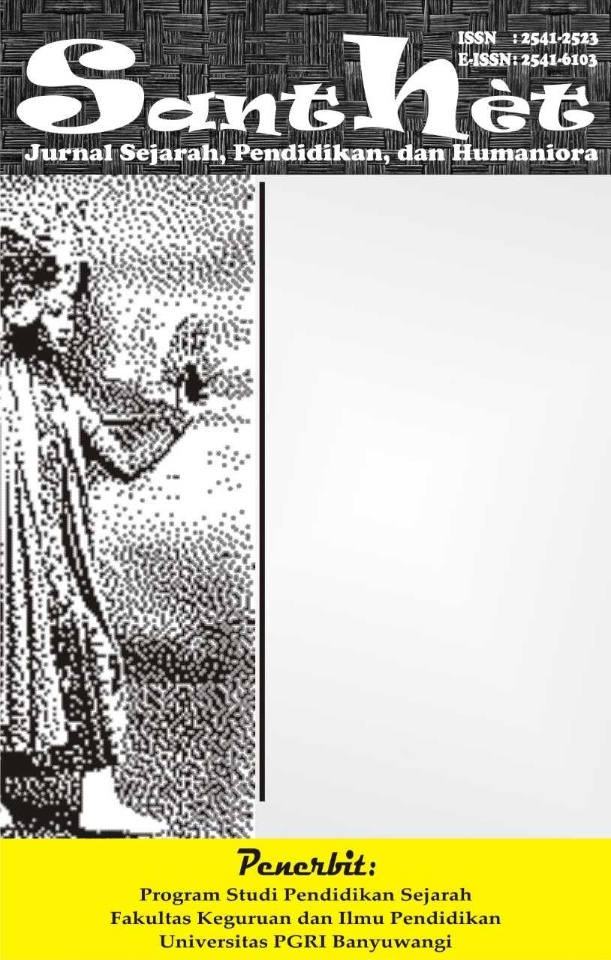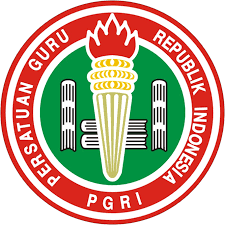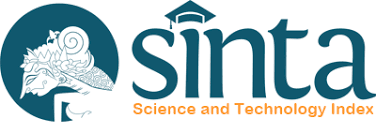ANALYSIS OF LANGUAGE STYLE IN INDONESIAN LANGUAGE MEMES: A REFLECTION OF POP CULTURE IN GENERATION Z
ANALISIS GAYA BAHASA DALAM MEME BERBAHASA INDONESIA: REFLEKSI BUDAYA POP PADA GENERASI Z
DOI:
https://doi.org/10.36526/santhet.v9i3.5680Keywords:
stylistics, digital memes, Generation Z, pop culture, Indonesian languageAbstract
Memes, as part of the digital cultural landscape, have evolved into a widely used means of communication among Generation Z. More than just humorous content, memes often carry embedded messages involving social critique, cultural expressions, and political undertones. This study aims to examine the linguistic styles employed in Indonesian-language memes and how these styles illustrate aspects of pop culture within Generation Z. A descriptive qualitative approach was applied using stylistic and semiotic analysis. The data were drawn from popular memes circulating on social media platforms such as Instagram and Twitter. The findings indicate that the most common language styles used include irony, metaphor, hyperbole, and sarcasm, frequently accompanied by slang and code-mixing. These stylistic patterns reflect Generation Z‘s expressive, critical, and highly connected nature within global pop culture. Memes thus serve as tools for cultural articulation and social commentary among young Indonesians.
References
Barthes, R. (1977). Image, Music, Text. New York: Hill and Wang.
Dynel, M. (2016). "I Has Seen Image Macros!" Advice Animals and Other Image Macros as Visual-
Verbal Jokes. International Journal of Communication, 10, 660–688.
https://ijoc.org/index.php/ijoc/article/view/4005
Kristeva, J. (1980). Desire in Language: A Semiotic Approach to Literature and Art. Oxford:
Blackwell.
McCulloch, G. (2019). Because Internet: Understanding the New Rules of Language. New York:
Riverhead Books.
Shifman, L. (2014). Memes in Digital Culture. Cambridge: MIT Press.
https://doi.org/10.7551/mitpress/9429.001.0001
Storey, J. (2018). Cultural Theory and Popular Culture: An Introduction (8th ed.). London:
Routledge.
Zappavigna, M. (2012). Discourse of Twitter and Social Media: How We Use Language to Create
Affiliation on the Web. London: Continuum.





























